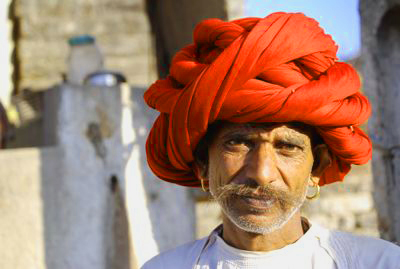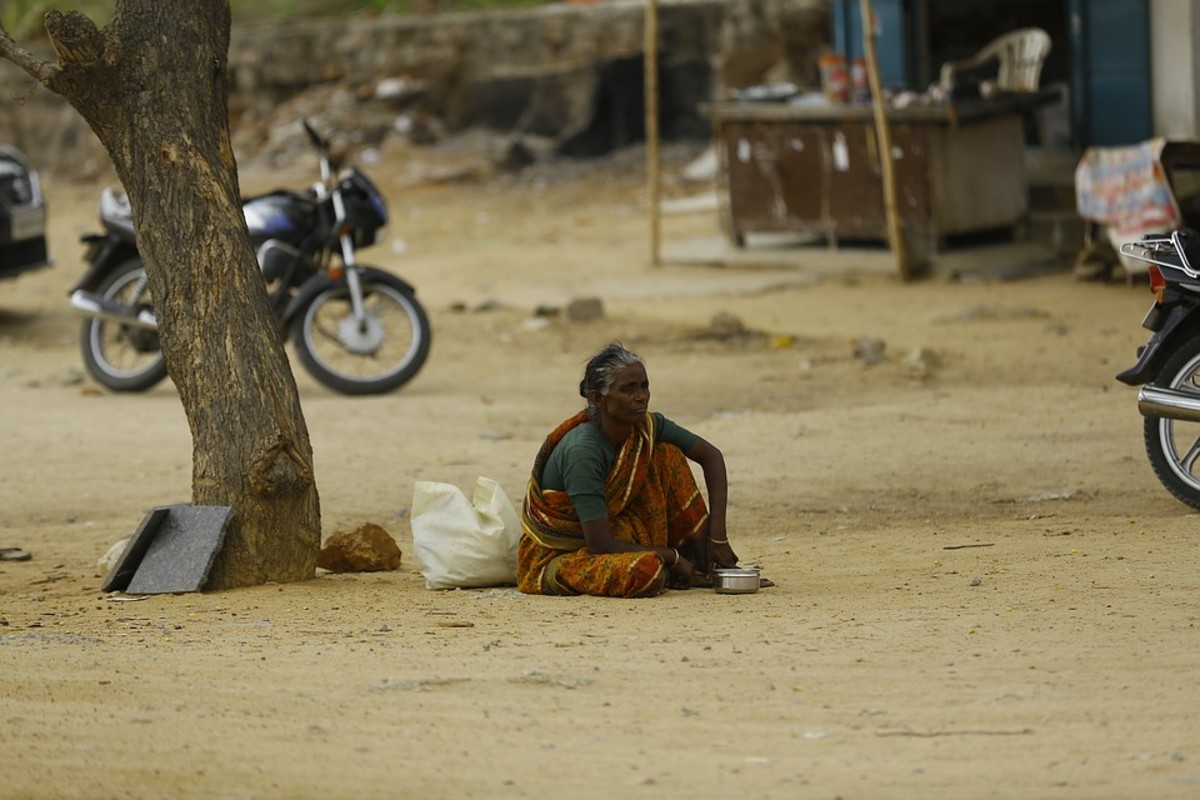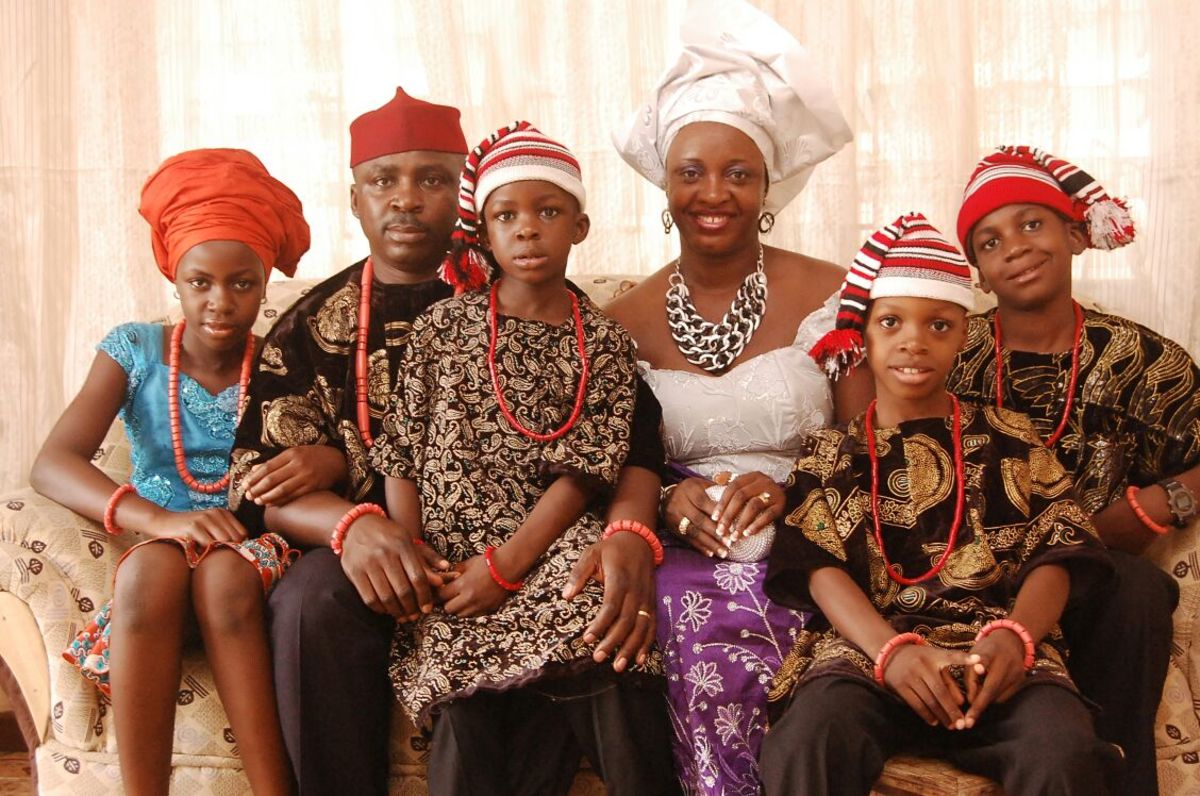Facts about Turban
Journey of turban
The turban has travelled a long way from a mere simple cloth to a fashion statement since many centuries. With the invention of cloth, men started covering their head to insulate the head against hot weather. It also helped in trapping the air and reducing evaporation in warm climate. Turban also protected against injury due to natural conditions and later in war. Indian saints wore turbans as scriptures emphasized that spiritual energy scatters when head is uncovered. If head is covered while meditating , spiritual energy is preserved. Later it became a status symbol as it was used by religious heads and nobility.
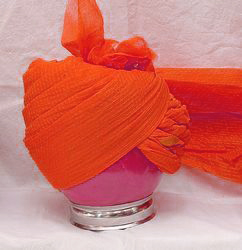
Role of turban
It represents valor and status. If placed at other’s feet, it is a sign of submission. Insult of turban is considered an insult of the owner of the turban. Removing own turban in front of others symbolizes asking for favors or apologizing. In ancient times during economic crisis it was kept by people as mortgage of loan. Information of death of a warrior in battle was given by sending a turban of that person with full state honor. Turban ceremony also known as ‘Pagri rasam’ is performed in northern India by family when a senior member dies and his elder is bestowed with his responsibilities on the thirteenth day. It is customary for an Indian groom to wear turban for his marriage. Even the family male members adorn it on their head. Turban took great respect with the advent of Sikhism. All ten prophets (gurus) of Sikhism wore turbans but when mughal rulers of India banned wearing of turban, it became a symbol of defiance. Hair dress (turban) became a part of warrior’s dress of Punjab , Rajasthan, Maharashtra, Gujrat.
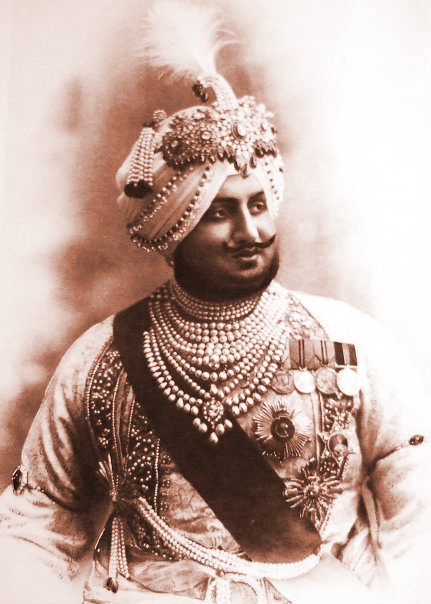
History of turban
Manu rishi, the hindu lawmaker, in a book named ‘ketya simiriti’ advised that hair should be covered by eating meals. Even in mohendojaro and harappan culture we find reference of turban like cloth. We find concept of turban in pre-historic rock sites in India from Bhim betka to Kumaun Himalaya. Pagri or turban was worn by kushana kings (gupta period, which was considered the golden age of India) which was similar to ancient Persia. Hsuan-tsang’s travelogue contains references of a sort of turban worn by people of Sarnath, India.It was correlated with the discovery of human skulls with round caps covering their entire head and ears in Taxila, in modern day Pakistan. In second century bc in bas-reliefs of Bharhut stupa, Madhya Pradesh, India we get evidence of male heads wrapped in different ways. Even in Ajanta caves of IX and X we view bhaja soldiers type of turban of their heads. In Sanchi situated in central India, we see men folk wearing cylindrical and conical type of turban. In seventh century, the Pallava kings of southern India wore conical turbans or headdress.
How did it get its name ?
In fifteenth and sixteenth century, turban in Persian language was pronounced as ‘Dulband’. Arabs pronounced it as ‘Tulband’ instead of ‘Dulband’. With the advent of turks who called it ‘Tulipant’ and sometimes ‘Tuliban’ or ‘turbant’ reached India. The French dictionary cotgrave wrote ‘toliban’ as a Turkish head dress of white color which had decorations.
Different names of turban used in India
In hindi language it is called ‘Pugree’. In punjabi dialect it is called ‘Seerbund, Dastaar or Pugri’. In Maharashtra it is called ‘Pugree’ or ‘Pagota’. Gujratis call it ‘Paghri’. In urdu ‘Dastaar’ or ‘Pugree’ word is used. Sindhi community calls it ‘Palika’ or ‘Patuka’. In Bengal, Assam and Odisha states it is called ‘Pugree’,’Paguree’ and ‘Pagri’. In Tamilnadu it is called ‘Tallippagee’. In telugu speaking areas it is called ‘Talpag’ or ‘Talguddree’. In Rajasthan it is called ‘Chira’ and ‘Phenta’.
Different turbans of India
In Maharashtra, the traditional name of turban is ‘Pheta’. Normally in marriages, festivals and religious ceremonies, it is compulsory to wear ‘Pheta’. Typical colors of turban include saffron which stands for valor and white for peace. ‘Kolhapuri Pheta’ is multicolored and has ‘Bandhani effect’ (a type of tie-dye). It is worn or draped in many styles like ‘Kolhapuri style’, ‘Puneri style’, and ‘Lehri style’.
In Gujarat, they normally wear white turbans but single colored and multicolored are also worn. The main difference is that turban cloth is coiled round like a rope and then tied on the head.
In Punjab, turban is an integral part of dress code. Sikhs who form the majority of punjabi population in India are distinguished among hundreds by their turban. The sikh turban signifies moral character, holiness, courage, piety and patriotism. It is worn in many styles in Punjab namely Patiala style, Morni / Poshvi style, Watta wali style ,etc.
In Mysore, turban was worn by royalty, nobility of Wodeyars. It used to be richly bejeweled and make of silk and jari (gold threaded lace).
In Rajasthan, it varies in style, color and size. It symbolizes wearer’s social class, cast, region and occasion. Being a dry and hot climatic region, it has a practical function of keeping their head cool.
